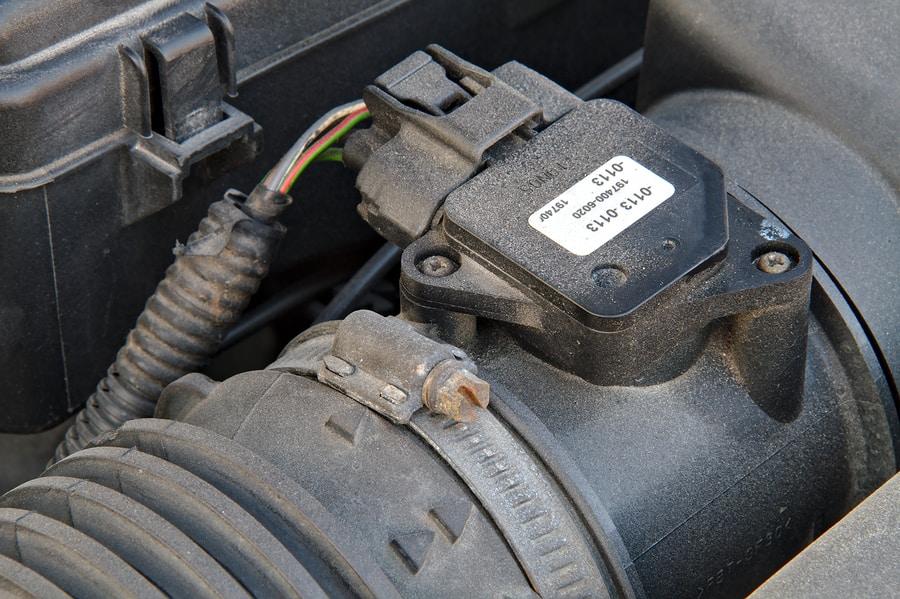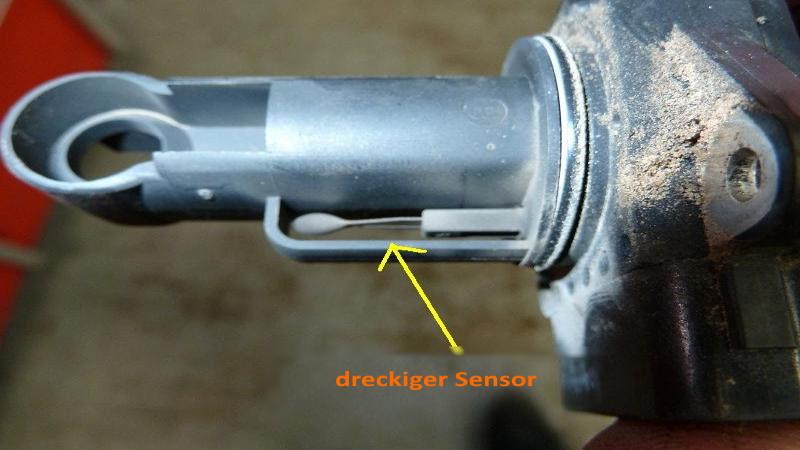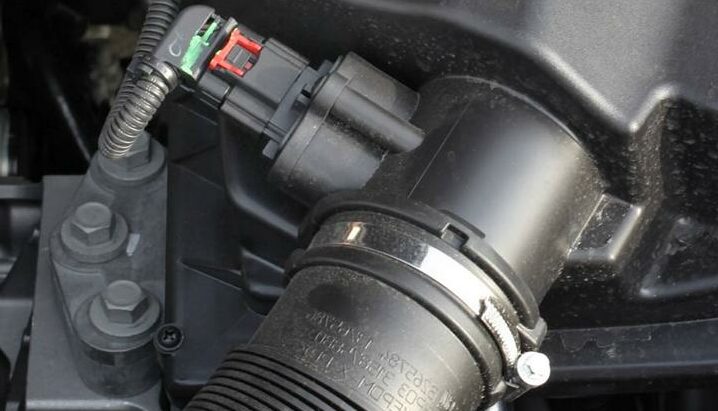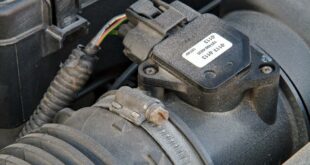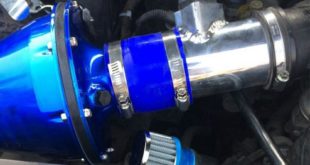It's a boring afternoon, ideal for taking a little care of the wheels. Today there is a particularly important topic on the program: the Cleaning the air mass sensor. A note about this: Some terms are linked and lead directly to corresponding instructions. The small but powerful sensor plays a crucial role in the engine's performance and efficiency. But why is cleaning so important and what is the best way to go about it? The air mass sensor – an inconspicuous but essential component, is usually located not far from the air filter and measures how much air flows into the engine. The information is crucial for this Engine control unitto get the optimal one Fuel-air ratio adjust.
Clean the air mass sensor!
A dirty one Air flow sensor can lead to all sorts of problems, such as power loss, elevated Consumption, fluctuating speeds when idling and even unpleasant Jerking when accelerating. Sometimes the check engine light also comes on (MKL). Luckily, cleaning the air mass sensor is not rocket science and can be done with a little care and the right tools be done yourself. Depending on the model and year of manufacture, the sensor can be attached differently - in older models it is often just plugged in, in newer models it is attached Torx screws secured and if things go really badly, then it is firmly integrated into the system.
Step-by-step cleaning instructions:
- Switch off the engine and open the hood: Safety first! Make sure the vehicle is turned off and the hood is securely open.
- Locate air mass sensor: The sensor is usually located near the air filter. It is easy to identify, often a small, rectangular component with an electrical connection.
- Remove mass air flow sensor: Proceed with caution. In older models the sensor is often just plugged in, in newer models it is attached with screws. Store the screws safely.
- Using a special cleaner: It is important to have one especially for air mass sensors developed cleaner to use. Normal cleaners can damage the sensor.
- Spray cleaner: Gently spray the cleaner on. Avoid direct contact with the sensor as it is sensitive.
- Allow to take effect and wipe off: After a few minutes of exposure, you can carefully wipe the sensor with a clean cloth. Make sure it is completely dry before reinstalling it.
- Replacement: Reinstall the sensor carefully and in the reverse order. Make sure all connections are tight and secure.
- test run: After cleaning, it is advisable to do a small test drive to make sure everything is working properly.
Costs and Considerations:
The cost of cleaning is far less than what a replacement would cost - often less 150 EUR, if you do it yourself. However, if cleaning no longer helps, replacing the sensor can cost between 50 and 500 EUR, depending on the vehicle model and whether the sensor is connected directly to the control unit. You should also keep in mind that two sensors can be installed.
Important to note:
- Always use a special one Mass air flow sensor cleaner.

- Be careful and avoid direct contact with the sensor.
- If you are unsure, it is better to consult a professional.
Cleaning the mass air flow sensor is a simple but effective way to maintain your vehicle's performance and efficiency. With the right tools and a little patience, you can ensure your engine runs smoothly and efficiently. Remember: A well-maintained car is a happy car!
FAQ: Cleaning the air mass sensor
- 1. What is the mass air flow sensor and what is its function? The Air flow sensor is a sensor in your vehicle that measures the amount of air flowing into the engine. This information is crucial so that the engine control unit can calculate the optimal fuel-air ratio.
- 2. How do I know if the mass air flow sensor needs cleaning? Signs that indicate a dirty mass air flow sensor include loss of power, increased fuel consumption, rough idling, jerking when accelerating, and sometimes the check engine light coming on.
- 3. Can I clean the mass air flow sensor myself? Yes, you can usually clean the mass air flow sensor yourself. It is important to use a special mass air sensor cleaner and handle the sensor carefully to avoid damage.
- 4. How often should the mass air flow sensor be cleaned? There is no set rule for cleaning frequency, but it is a good idea to check the sensor regularly and clean it when necessary. Some experts recommend checking every 30.000 kilometers.
- 5. What are the risks of cleaning the mass air flow sensor? The biggest risk is damaging the sensor, especially if handled improperly. use save aggressive cleaner and avoid touching the sensor directly.
- 6. What should I do if the mass air flow sensor causes problems even after cleaning? If problems persist after cleaning, the sensor may be damaged or there may be another problem. In such cases, you should consider professional diagnosis.
- 7. What tools do I need to clean the mass air flow sensor? You will need a special mass air sensor cleaner and may need tools to remove the sensor, such as a screwdriver or Torx wrench, depending on your vehicle.
- 8. Can I use any cleaner for the mass air flow sensor? No, it is important to use a special mass air flow sensor cleaner. Other cleaners can damage the sensor.
- 9. How much does a new mass air flow sensor cost if replacement is necessary? The cost of a new air mass sensor varies depending on the vehicle model and manufacturer, but is usually between 50 and 500 EUR.
- 10. Can a dirty mass air flow sensor increase fuel consumption? Yes, a dirty or defective air mass sensor can lead to increased fuel consumption because the engine control unit adjusts the fuel-air mixture based on incorrect air quantity information.
The following note is essential: For safety reasons, tuningblog recommends all repair, inspection and maintenance work exclusively to be carried out in a specialist workshop! Although our information is summarized to the best of our knowledge and belief, we cannot assume any liability for the content. All information is therefore "without guarantee".
That wasn't it yet!
In our Auto Repair Category you will find advice and instructions on common vehicle defects, repairs and the installation of accessories/tuning parts.
 tuningblog.eu Your magazine about tuning the car
tuningblog.eu Your magazine about tuning the car
